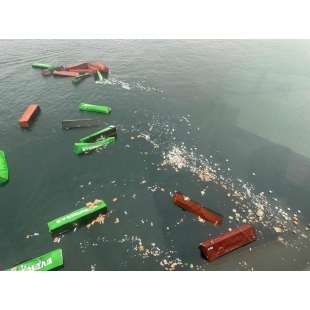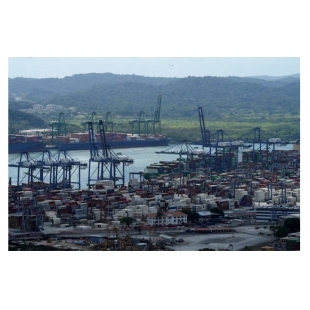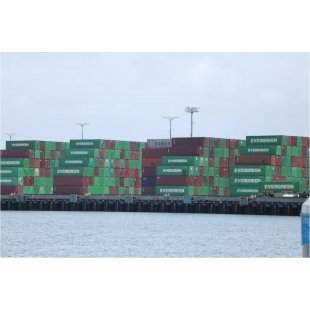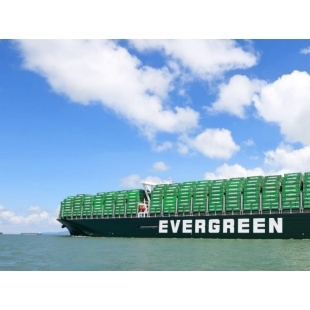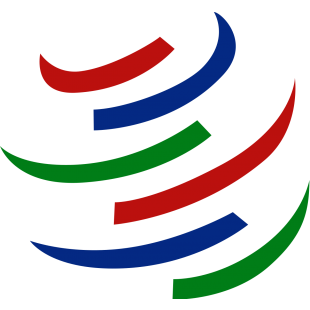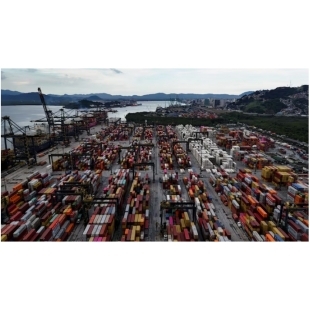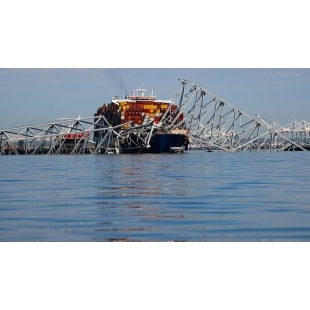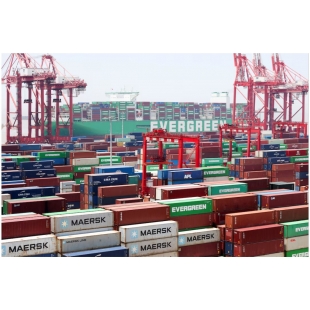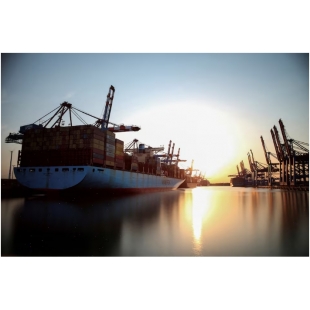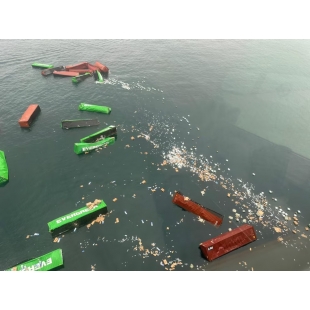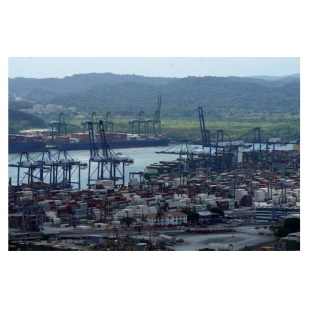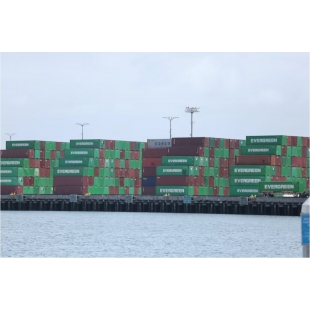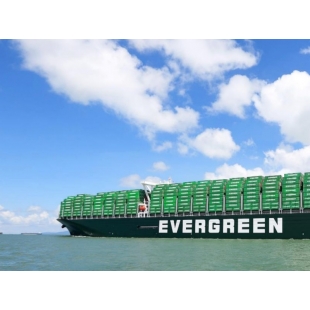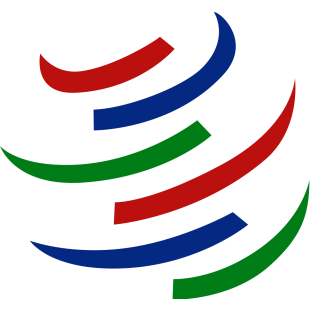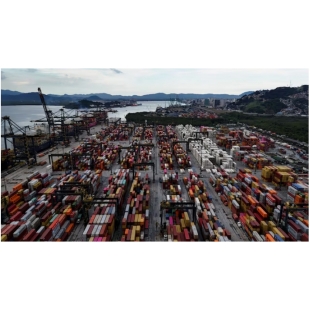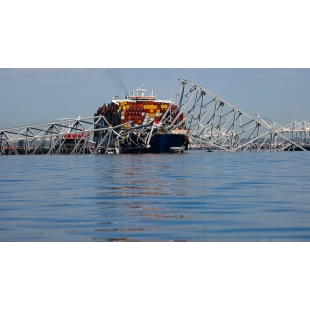Baltimore bridge salvage: 'This is a game of Jenga you don't want to lose'
Bernd Debusmann Jr
BBC News, Baltimore
US Army Colonel Estee Pinchasin looks out at the thousands of tonnes of twisted, broken steel and concrete jutting out from the dark waters of Maryland's Patapsco river, and delivers her assessment: an "unforgiving mangled mess".
"That's the best way to describe this," the fatigue-clad veteran says from the deck of an Army-operated salvage vessel, the Reynolds. "It's hard to explain steel that is cantilevered, bent and smashed with so much force."
The "mess" Col Pinchasin has been tasked with clearing is the tattered remnants of Baltimore's Francis Scott Key Bridge, strewn around - and embedded into - the Dali, a massive 948ft (289m) cargo ship that now sits motionless under an expanse of shredded metal, with partially crushed shipping containers hanging from its sides.
The mangled mess is self-explanatory. But why unforgiving? Because, put simply, anything and everything here is a potential threat to the lives of salvage crews.
The Dali's collision with the bridge in the early hours of 26 March brought the structure down in a matter of seconds, leaving six workers dead and the ship stuck. This has prompted a huge response that has included the US Army Corps of Engineers, Navy, Coast Guard, Maryland authorities and specialist private firms.
The effort aims to unblock the 700ft (213m) wide and 50ft (15m) deep shipping channel, re-float and remove the Dali and clear whatever remains of the estimated 3,000 to 4,000 tonnes of debris from the wider Patapsco.
"Those things are happening simultaneously," Col Pinchasin, the Army Corps of Engineers Baltimore district commander, told the BBC. "But the priority is for the channel, because we need to get those people back to work and help all the businesses that are affected."
The port is one of the busiest on the East Coast of the United States and a key regional hub for goods including steel, aluminium and agricultural equipment. It is used by car-makers including General Motors and Honda. As many as 15,000 jobs depend on it, including 8,000 directly employed there.
The mission has turned the area into a hub of activity, buzzing with small US Navy sonar vessels and police boats, workers testing spark-emitting hydraulic shears, and - so far - seven huge crane barges, including the Chesapeake, a 1,000-tonne capacity crane once used by the CIA to build a ship used to recover a Soviet submarine from the bottom of the Pacific.
Piece by piece, debris will eventually be disassembled and lifted onto barges to be taken away.
"With every layer of debris they remove, they have to go back in and survey the wreckage to see if it reacted the way we thought it was going to," Col Pinchasin said. "Are there any instabilities? Are they things we missed? What did we not see?"
"They need to have discipline and be very self-critical."
The dangerous work of making these determinations has so far fallen on teams of divers who inspect both the ship and the vast, unseen debris field beneath the surface.
They are often unable to see more than a foot or two in the muddy brown waters of the Patapsco, forcing them to be guided by operators in nearby surface vessels.
Their assessments, Col Pinchasin said, are essential to ensuring that larger pieces of debris can be dismantled and removed safely.
Lost power, mayday call and crash before Baltimore bridge collapse
What will happen to the 21 sailors stranded on the Dali?
"The pieces might be mangled, but there's a lot of force pent-up in how they're sitting right now," she said, gesturing at a large chunk of metal protruding from the shipping channel.
"If you were to cut one of those things, and there's tension there you don't know about and it snaps, people can be in a lot of danger," she added. "We need to know what's connected, and that's why the divers have to go in. They have to feel and reach to verify… but it's like they have their eyes closed."
A separate team of divers, drawn from the ranks of the Maryland State Police, stands ready to dive if and when investigators believe they have found the remains of the three men still missing from the collapse.
The continued search for those men, she added, continues to weigh heavily on the minds of those involved in the salvage operation.
"These are families that did not get to celebrate Easter together," she said. "This is very solemn ground."
Those involved in the operation and maritime experts say that the scope of the operation has few, if any comparisons.
An initial $60m (£47.4m) in emergency funds have been earmarked to cover the work. The true cost may be much higher, with one politician, Maryland Democrat David Trone, telling CBS that the cost could eventually rise to $1bn.
"The scale is the biggest challenge, but also the complexity," said Captain Dan Hoban, a British Royal Engineer who was on a routine exchange with the US Army Corps of Engineers when the bridge collapsed.
"It's a really messy situation. From an engineering perspective, we are trying to figure out where the cuts are going to be made and then incorporate that into a lifting plan," added Capt Hoban, who has been helping with the mission.
"But it needs to be safe for all those operating out there," he added. "Everyone wants to get going quickly, but trying to do so safely and efficiently. We don't want to create a more difficult situation. That's the key."
Peter Ford, a long time merchant mariner whose firm SkyRock Advisors specialises in infrastructure projects, said that the "intricacies" of the Baltimore operation made it considerably more hazardous than other complex operations, such as that which freed the Ever Given, after it got stuck in the Suez Canal in 2021.
"This is beyond anything we've seen," he said. "It's all going to be hard. It's the mixture of the infrastructure above and below water and the fact that debris is literally draped over and balancing on the vessel."
Once salvage crews begin cutting larger pieces of the debris, Mr Ford predicts that the constant shifting and movement of the debris and the vessel alike can become a potentially dangerous challenge.
"God forbid that somebody miscalculates and this very sharp steel ends up cutting into a part of the ship where the bunker fuel is, or some sort of hazardous commodities on the vessel are breached and leaked into the ocean," he said.
"This is a game of Jenga you don't want to lose."
Getty Images
Workers plan to use specialised cutting tools and hydraulic shears to remove parts of the Key Bridge
For now, the salvage operation is still in its early stages and is largely focused on assessing the scene and the bridge, removing smaller pieces and have so far opened smaller temporary shipping channels to allow limited maritime traffic to pass through the area.
By the end of April, the Army Corps of Engineers plans to open a limited access channel 280ft (80m) wide and 35ft (10m) deep to allow one-way traffic for barge containers and some roll-on-roll-off vessels that carry cars and equipment.
The entire, permanent channel is expected to be clear and ready for use by the end of May, the "unified command" responsible for the operation said in a statement on 4 April.
That target date, however, may change because of the weather or unforeseen problems with the clearance operations.
"We have to go slow to go fast. Slow is smooth. Smooth is fast," she said. "This is a long haul."
Baltimore bridge salvage: 'This is a game of Jenga you don't want to lose' (bbc.com)



